“My camera just nails the exposure”. How often have you heard that or a similar comment from someone praising the technical abilities of their new digital camera? But what is the correct exposure, what does it mean?
As an experiment I decided to use my Sony digital camera and 55mm lens, setting the camera to B&W, aperture priority mode with -2 stops exposure compensation, then went out to take some night shots near my London home. Images shown are in-camera jpgs with no adjustments in post. Of course had I left the exposure compensation at zero, images would show far more detail in the dark areas while further blowing out bright lights in the scene. I remember many years ago I took a night shot of my garden illuminated by moonlight with Velvia 50 and (from rusty memory) a 30 minute exposure. The result was a boring shot which could easily have been taken in daylight. This is the key point I’ll come back to later. First the images.
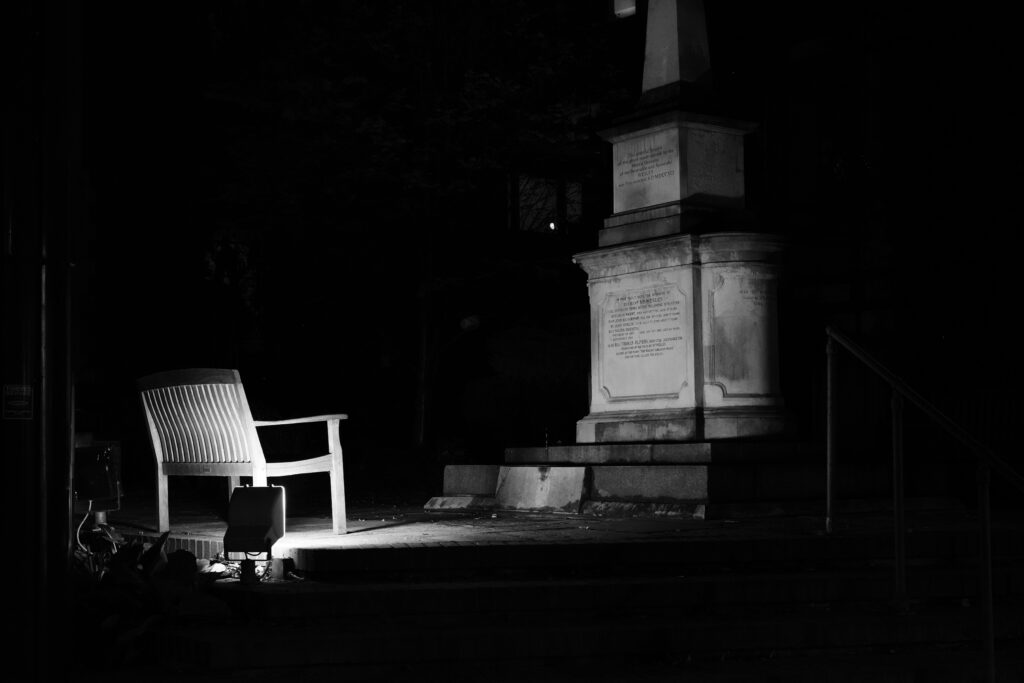
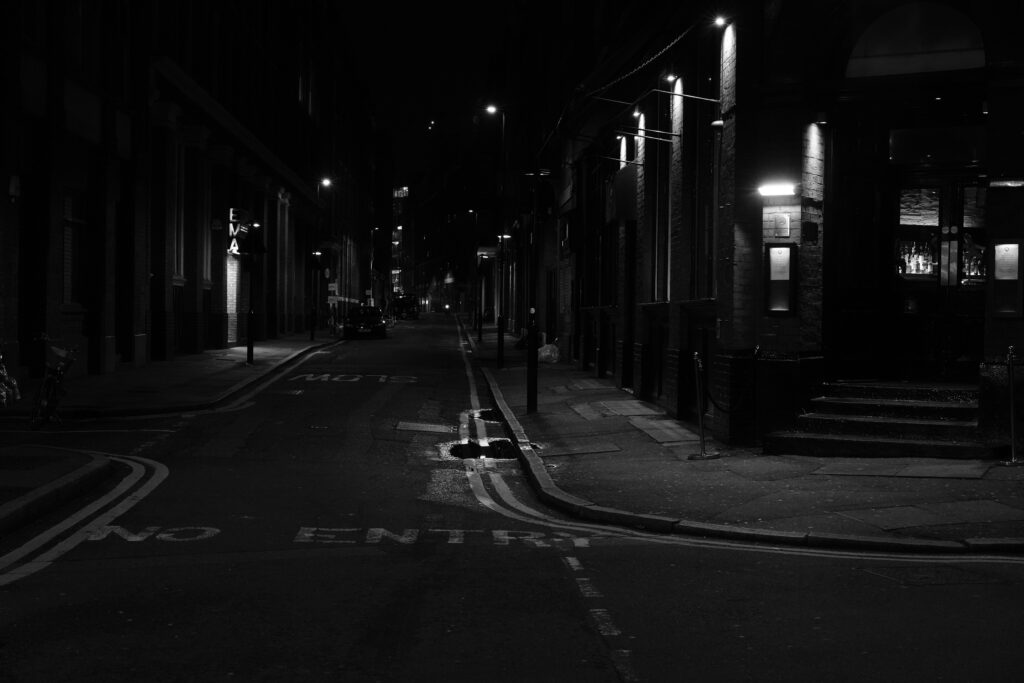
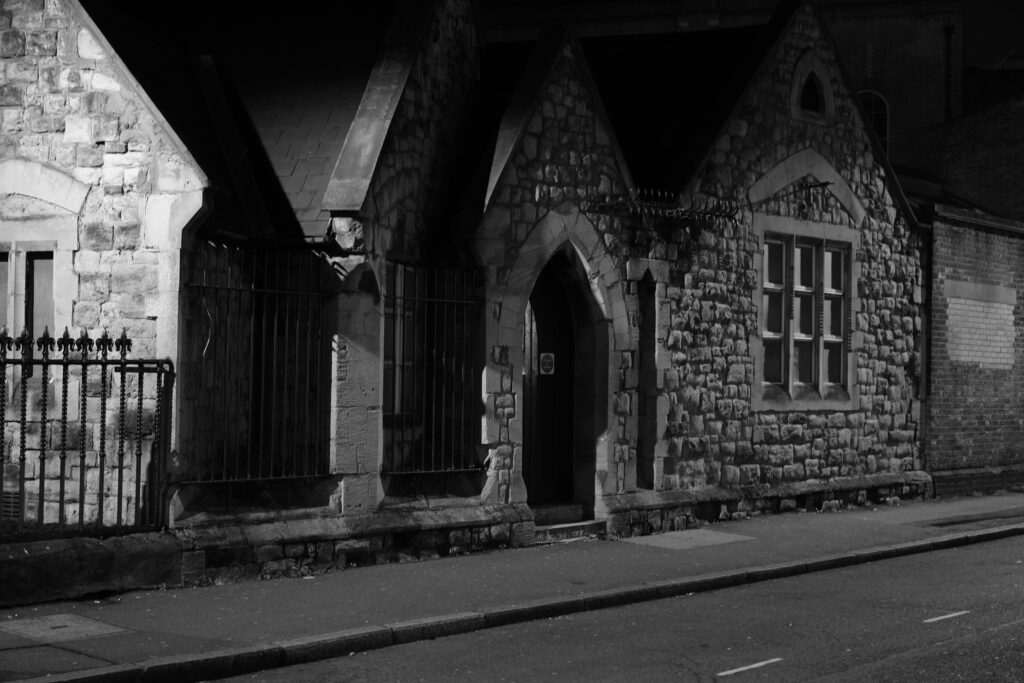
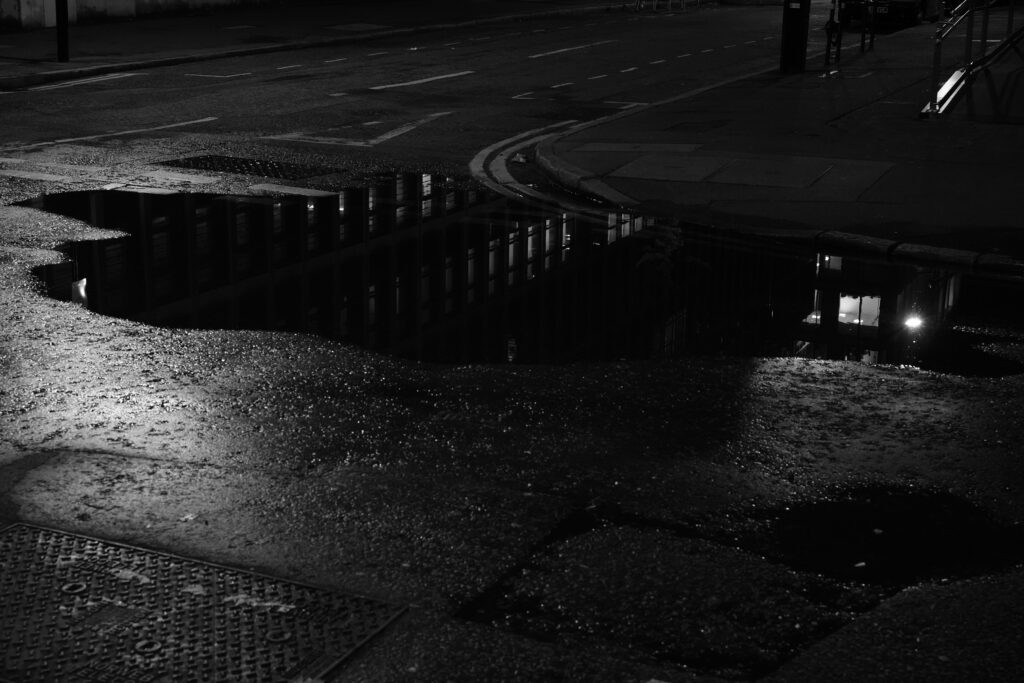
So let’s go back to the point. Taking a night shot I want it to be clear that it is night, and in particular many areas are hard to see. If I want to make it clear that it’s a dark scene the camera’s built-in algorithms may not be sufficient and I may need to over-ride the automatic exposure setting. Many old films did the opposite and took night scenes in daytime by underexposing substantially (although they never quite achieved the quality of night shots). The shots above largely achieved the mood and what I wanted to see in the image, and what I did not want to see. In the final slightly enigmatic image it could be made clearer that the pavement extends across the frame to the right and a shadow falling across the middle is what seems to divide the image into incongruous parts. A small adjustment in post would achieve that but then the enigma would be gone and the image less interesting.
The answer to my initial question is: the correct exposure is the exposure you need to achieve the image you want.
Of course with digital, and also modern film and multi-grade printing papers, there is a lot of freedom in post-processing to achieve the results you want. In the above images increasing exposure in post would only be at a cost of somewhat noisier dark areas. In former times it was more difficult. With a single grade of printing paper you needed to think seriously about zone metering and plus or minus development, let alone which developer might be best. Further back it was impossible to capture what we might nowadays consider to be a correctly exposed and printed image (think of those blown out skies and buried blacks, plus subject movement because of the long exposure times).
Now we live in easy and convenient times. The ‘correct exposure’ is a less meaningful concept where raw data can be sufficiently manipulated that a successful image can be drawn out of a range of exposures of the same scene. Turning the idea around, what produces a more interesting image – correct exposure or incorrect exposure? How many times have your, or your camera’s or film’s mistakes produced interesting images?
Your automatic camera or external meter can tell you a ‘correct’ exposure but that is not where the photographer’s role ends – we need to think what exposure would work best for what we want in my final image.
Share this post:
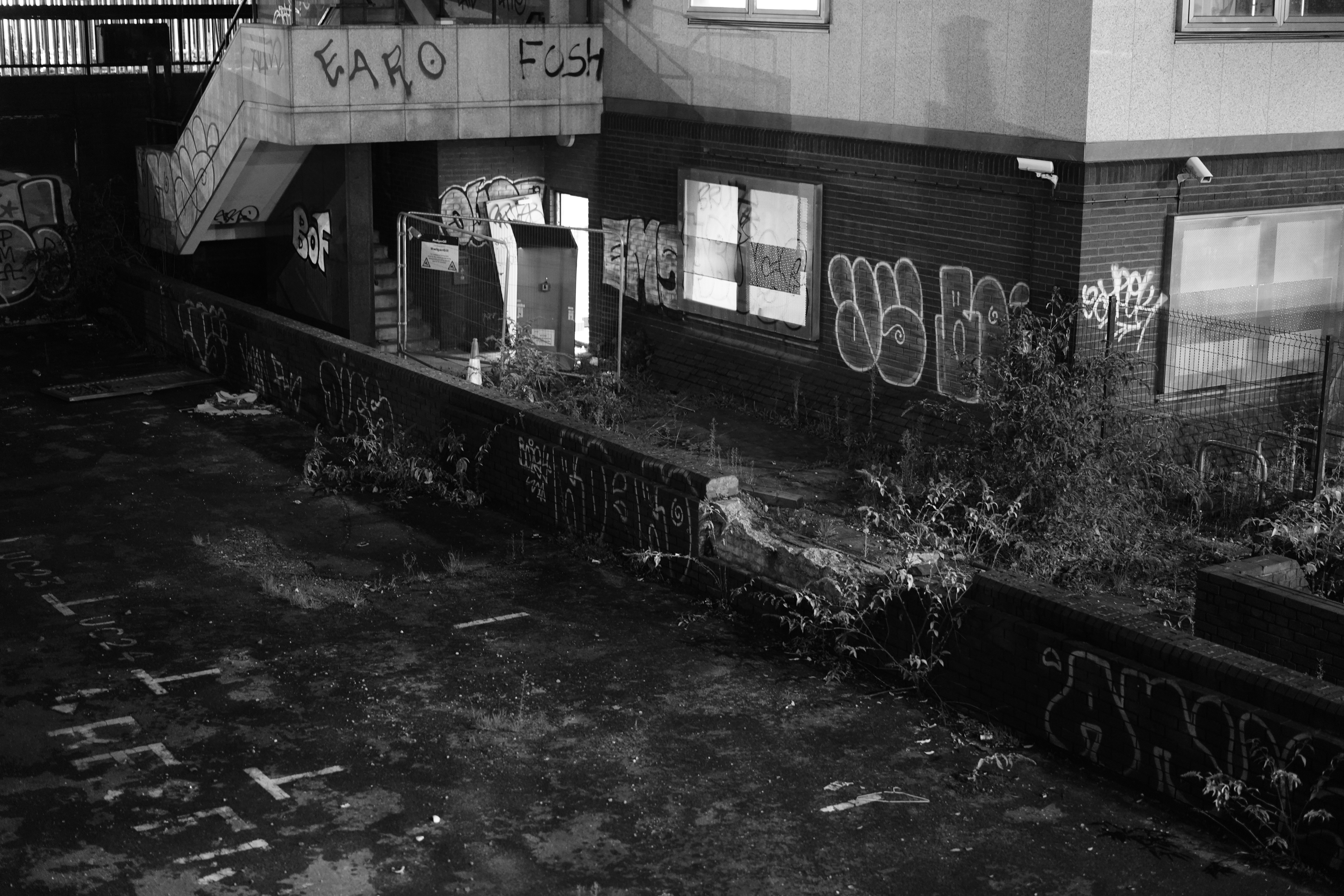
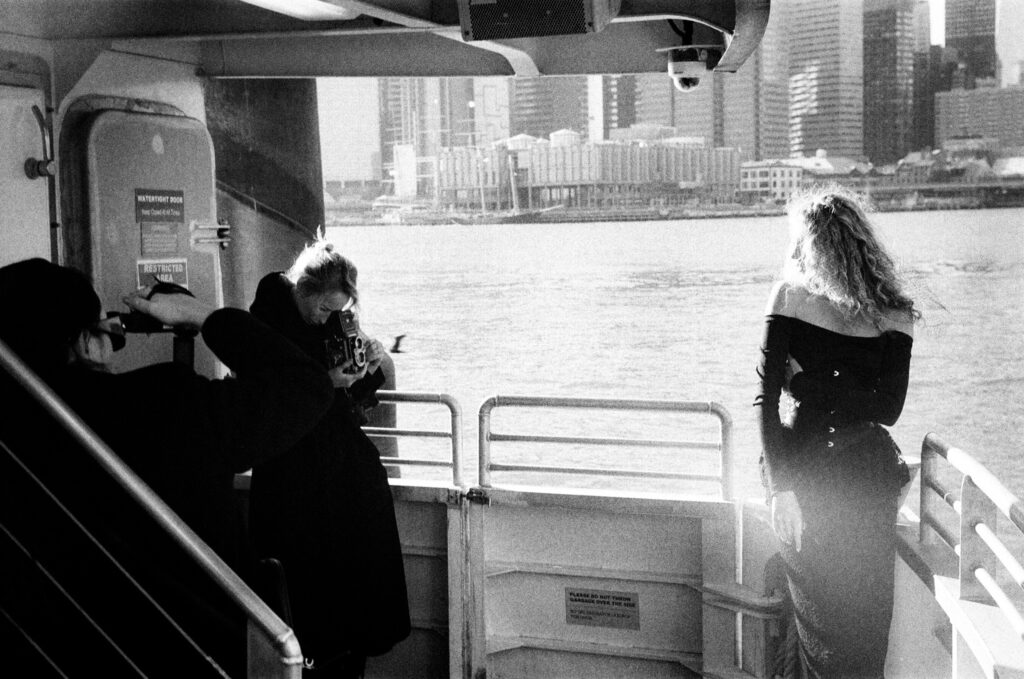
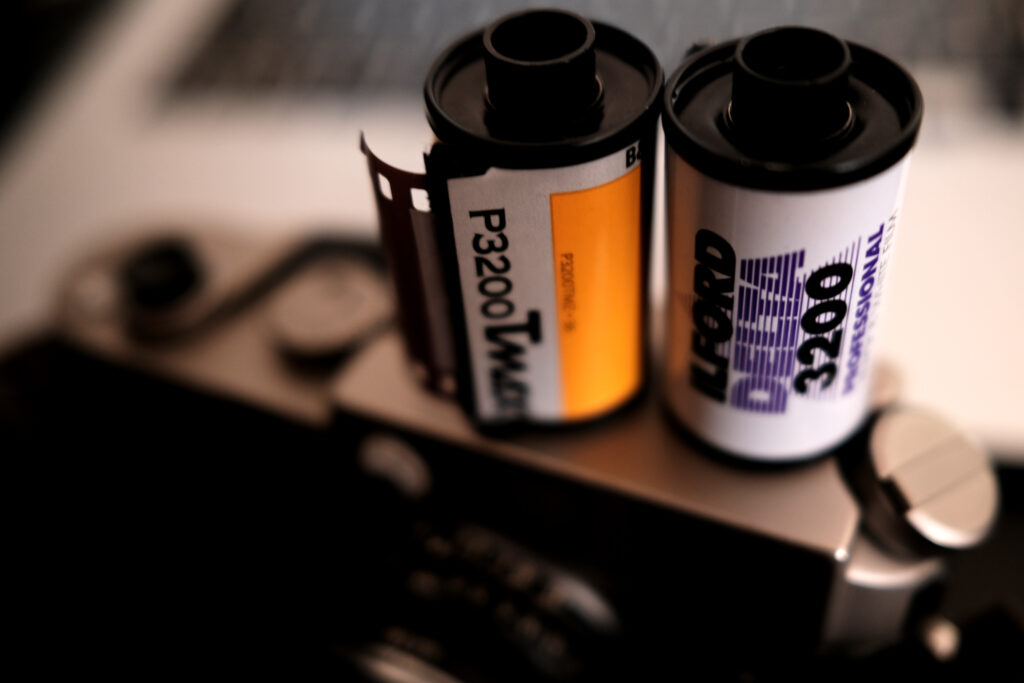
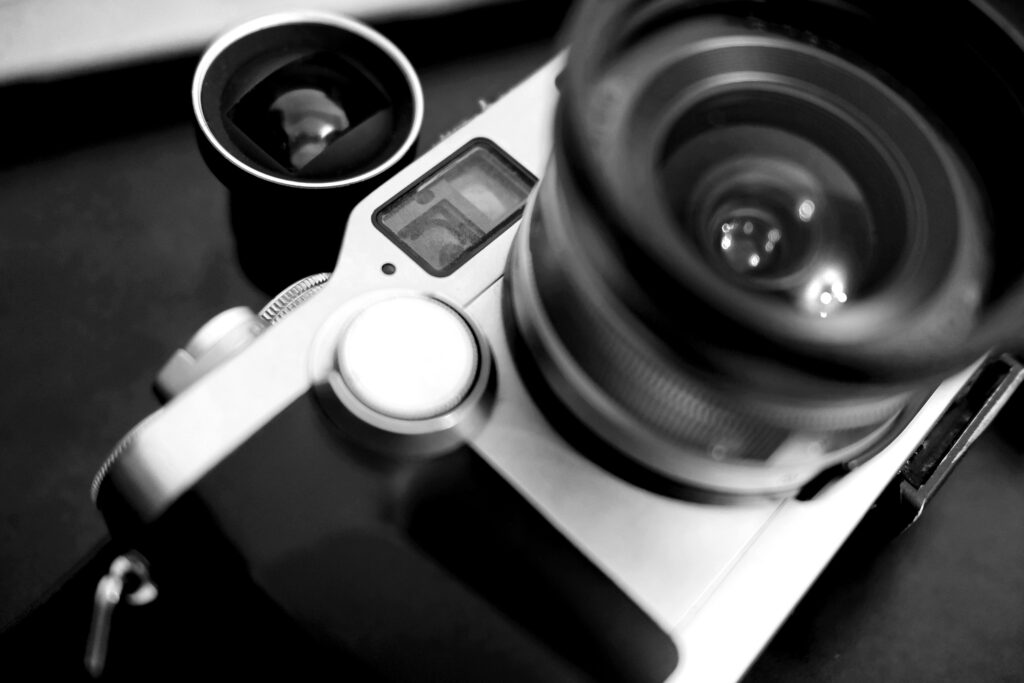
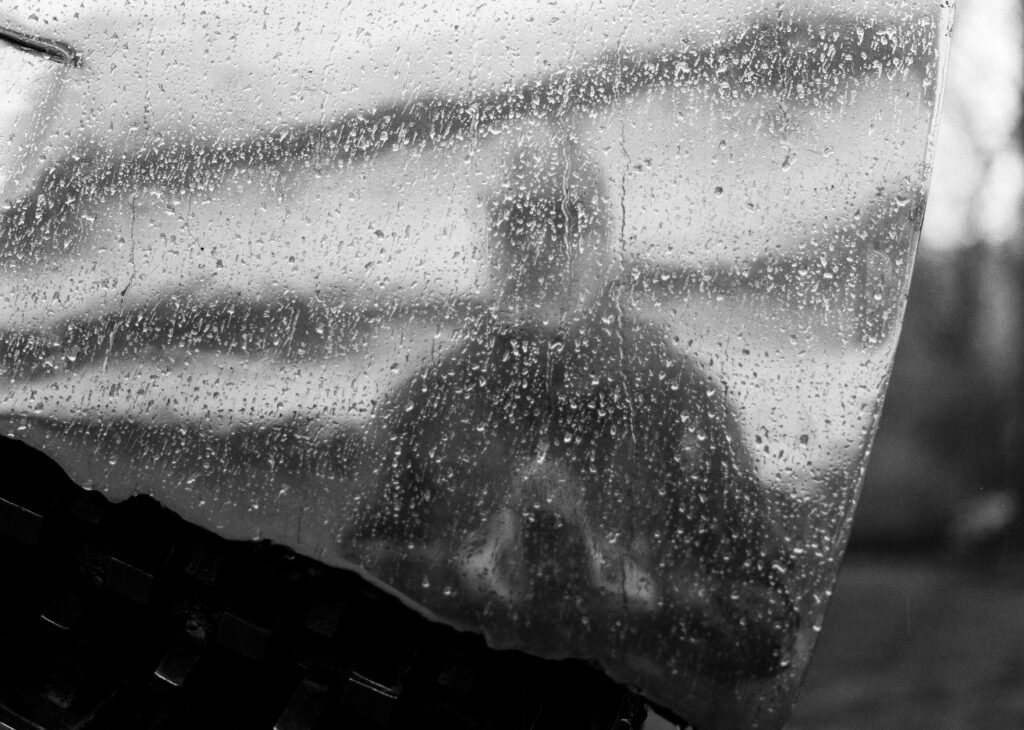




Comments
Greg on A Note on the Concept of “Correct” Exposure
Comment posted: 13/03/2024
Comment posted: 13/03/2024
Alex Vye on A Note on the Concept of “Correct” Exposure
Comment posted: 13/03/2024
Comment posted: 13/03/2024
Sigurd Urdahl on A Note on the Concept of “Correct” Exposure
Comment posted: 13/03/2024
Comment posted: 13/03/2024
Tony Warren on A Note on the Concept of “Correct” Exposure
Comment posted: 14/03/2024
Comment posted: 14/03/2024
Comment posted: 14/03/2024
Jack on A Note on the Concept of “Correct” Exposure
Comment posted: 14/03/2024
Comment posted: 14/03/2024
Jalan on A Note on the Concept of “Correct” Exposure
Comment posted: 14/03/2024
Comment posted: 14/03/2024
Bill Brown on A Note on the Concept of “Correct” Exposure
Comment posted: 14/03/2024
Comment posted: 14/03/2024
Marco Andrés on A Note on the Concept of “Correct” Exposure
Comment posted: 14/03/2024
The featured image is very powerful. « Please sir, I want some more. », as Oliver said.
Comment posted: 14/03/2024
rajat Srivastava on A Note on the Concept of “Correct” Exposure
Comment posted: 15/03/2024
Comment posted: 15/03/2024